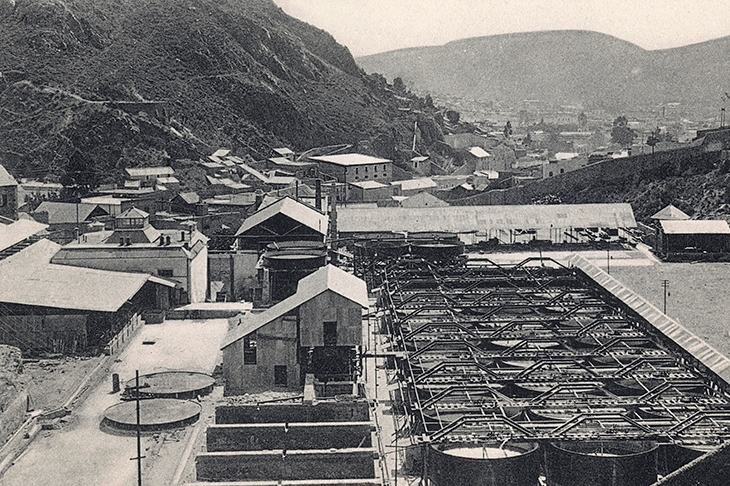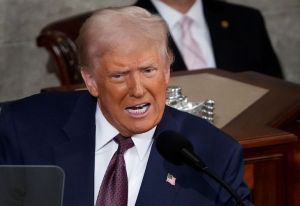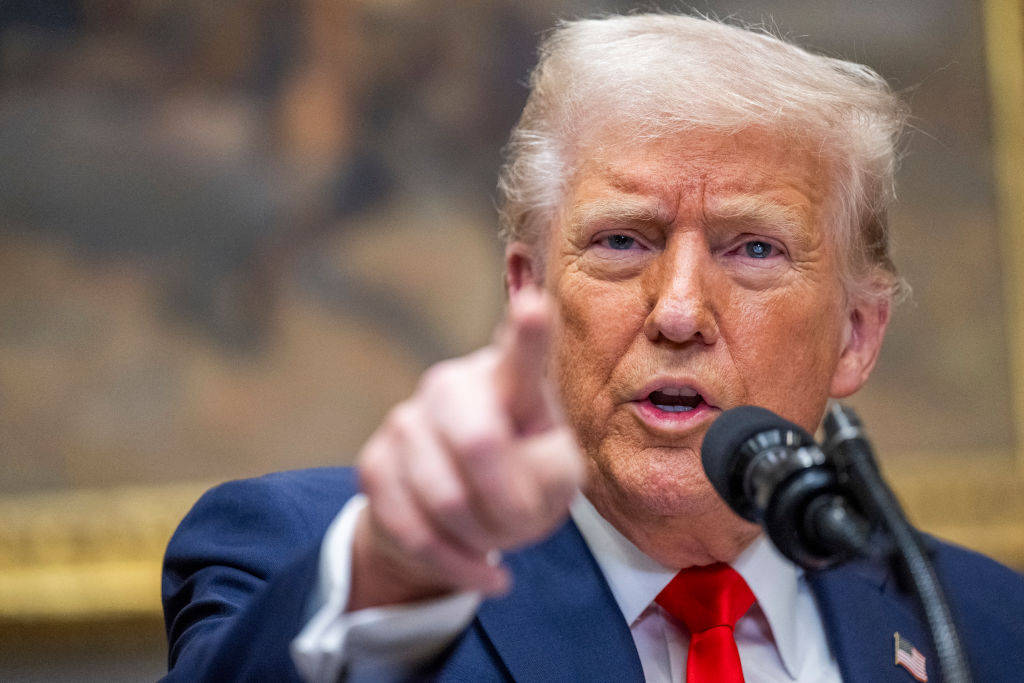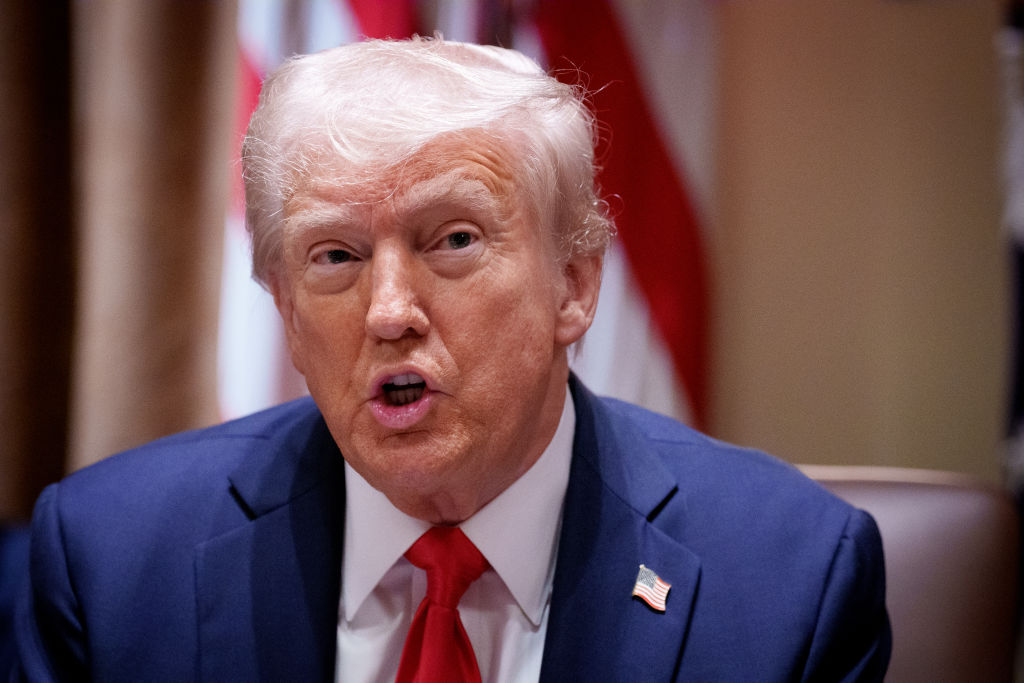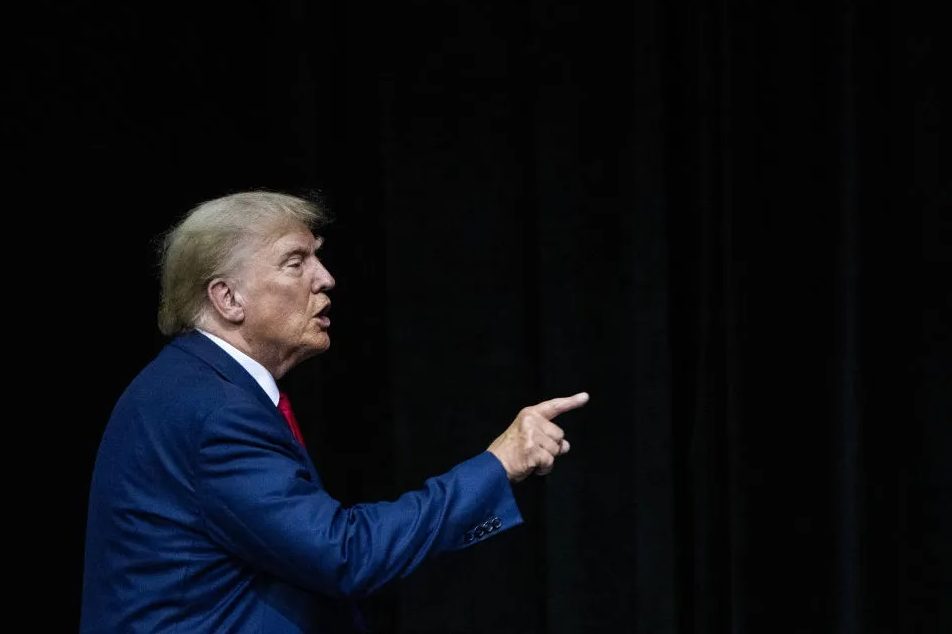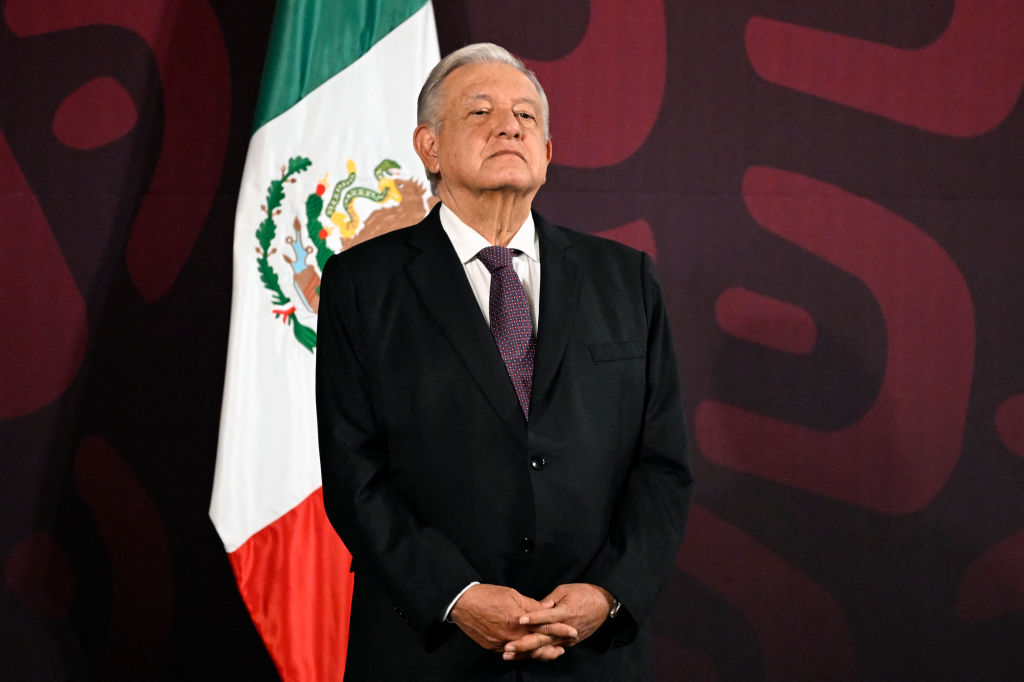On the morning of March 10, 1920, on the edge of the city of Pachuca in central Mexico, 87 miners died in a subterranean fire. Only no one is quite sure of the exact number because melted corpses are difficult to count. Nor is there any clarity on when the fire started or what caused it. What is certain, however, is that the mine owner was in no way responsible. No way at all.
Few today remember the disaster at the El Bordo mine. In Pachuca there’s no statue, no plaque, no explicit commemoration of any kind. All that remains are two brief chronicles by survivors, a handful of press cuttings and some dusty files from the accident investigation. These, and the silent — silenced? — memories of the victims’ families.
So, why are we hearing about it now? In short, it is personal. Yuri Herrera grew up in Pachuca, in a household where miners’ stories were ‘always present’. He also had a rock-climbing brother, Arturo, who became interested in the forgotten story of El Bordo while exploring the area’s old mining routes. Herrera evidently caught the bug, later dedicating part of his doctoral thesis to the tragedy.
Even so, the timing of this book is anyone’s guess. Perhaps it is that 2020 is the centenary year; or that after three highly successful novels, Herrera felt like a change of form; or, more probably I suspect, he just wants the story out there. A Silent Fury is his chance to right a historical wrong, to honor a memory and to recall the incinerated dead who ‘were still, are still, alive’.
Whatever his motive, he goes about his task with conscientious diligence. Case files are scrutinized, archives pored over and oral histories — such as they still exist — dutifully transcribed. With all the evidence unearthed, he lays bare the full story in eight short chapters, from the time that the mine worker Delfino Rendón first raised the alarm to the moment his torched comrades were interred in a mass grave.
Even with Herrera’s economical, pared back prose, the account makes for hellish reading. The horror of being burned alive defies imagination. Let a single line from the autopsy report suffice: ‘The majority [of the corpses] had lost all human form, the skin disintegrated or peeled off like a glove from a hand.’ Yet it is the victims’ abrupt vanishing that shocks most. ‘Unknown, or Francisco Velásquez’, read one body tag. If it was Francisco, then we know he was a 14-year-old day-laborer, the son of Tomás and Josefa. But we don’t know — just as the coroner didn’t know; nor, as Herrera implies, did he much care to.
At its heart, this is not a book about a mine or even a fire. It is about blame, and what powerful people do to make it disappear. Despite no tangible proof, the inspector decides, by process of elimination, that the fire was the miners’ fault — a container of gasoline accidentally kicked over, most likely. It is one of a number of assumptions that, with the stamp of officialdom, quickly passed into fact. Forget the overlooked witnesses. Ignore the ‘cleaning’ of the mine prior to the investigator’s arrival or the doctoring of the log books after he left. Fact, legally sanctioned, is fact.
The skewed blame game is clearest when it comes to El Bordo’s foreign owner, Santa Gertrudis Co. ‘Asphyxiation’ may appear on the miners’ death certificates, but what really killed them was the company’s order to seal the mine’s entrances. Starving the fire would limit its spread and thus protect their asset. Anyone still underground would already be dead, they figured. Yet, when the shafts were reopened a week later, seven men miraculously walked out alive; a further 40 or so were found dead by the entranceway, their route to safety blocked.
[special_offer]
Inexcusable as this act of corporate rapacity was, the question of criminal negligence was never raised. The company’s American bosses weren’t just absolved, they were praised for their stellar safety practices: their ban on alcohol underground, their provision of free toilets, their intention to install a ventilation fan. On-message politicians and a blatantly racist press (the dead were indios, a journalist reported, thus ‘naturally indolent’) completed this exercise in exculpation.
It would be easy to write off this slim volume as a private conceit. Why this tragedy and not another? The lack of novelistic flourishes will disappoint some. Herrera chooses (wisely, I believe) to allow the original texts to speak for themselves, but too often sounds like a detached prosecutor or, worse, a PhD student. Silence is ‘not the absence of history’, he writes up front, it is a history ‘hidden beneath shapes that must be deciphered’. Perfect for a viva committee, but perhaps not for his wider fan base.
This is a book that demands to be read nonetheless. El Bordo is like those other tragedies — Bhopal, Exxon Valdez, Rana Plaza, Grenfell Tower — that someone somewhere wants forgotten. The culpable keep to the shadows, deflecting blame not by negating the truth but by normalizing it. The monstrous becomes the mundane, as A Silent Fury shows.
This article was originally published in The Spectator’s UK magazine. Subscribe to the US edition here.



